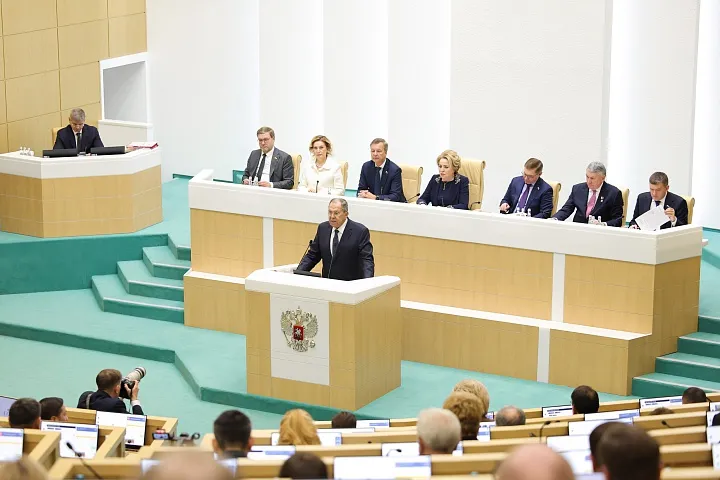Over the last week, Brazilian economist Paulo Nogueira Batista, Jr. has been posting short, one-minute video statements to the effect that the IMF system is “unreformable”; that an entirely “new international financial architecture” is needed and should be on the agenda for the Oct. 22-24 BRICS summit in Kazan; and that a “sub-group” of the BRICS may be the most effective way to proceed.
His more in-depth argument on those points is provided in a presentation he delivered to a Sept. 23 BRICS Seminar in Moscow, organized by the Communist Party of China along with Russian institutions. Nogueira was the Vice President of the BRICS New Development Bank from its founding in 2015 until 2017, and he has become one of the more insightful proponents of the need for the BRICS to forge a new international financial architecture, including a new reserve currency with which to issue directed credit to foster physical-economic development.
Nogueira began his speech by noting that, “from a geopolitical standpoint, the BRICS are a diverse group. Brazil and India, for example, have on the whole good relations with the U.S., Europe and Japan. India in particular has its own national reasons to maintain some proximity to the U.S.” On the other hand, “China, Iran and especially Russia have very difficult relations with the West, to put it mildly.” He explained that “the tradition of taking decisions by consensus” has complicated the needed advances. “Consensus, especially if understood rigidly as unanimity, paralyzes decision-making.”
In addition to advocating a go-slow approach on new members, Nogueira proposed that a sub-group within the BRICS take the leadership in forging the new financial architecture. “Could we not move forward on the basis of a coalition of able and willing countries? The NRC [New Reserve Currency] could be created by a sub-set of the BRICS. The others would join later. This is advisable, in my opinion, but runs up against our entrenched tradition of consensus. If we stick to this tradition, however, we may not get anywhere.”
Nogueira then turned to the substantive issues of “alternative payment systems, the use of our national currencies in external transactions, and especially the possible creation by us of a new international reserve currency. Can the BRICS act together to provide a viable alternative to the U.S. dollar and the existing international monetary and financial arrangements?”
The need for such a new system is evident: “[First,] the dollar, the euro, and the Western payment system have been dramatically misused as political and economic weapons. Second, the fiscal and financial fragilities of the U.S. economy raise legitimate doubts about the feasibility of continuing to rely on the dollar as the hegemonic international reserve currency. So, we must act.” (Another reason is the bankruptcy of the current financial system, with its overhang of over $2 quadrillion of derivatives and other speculative financial assets, which can never be paid.)




